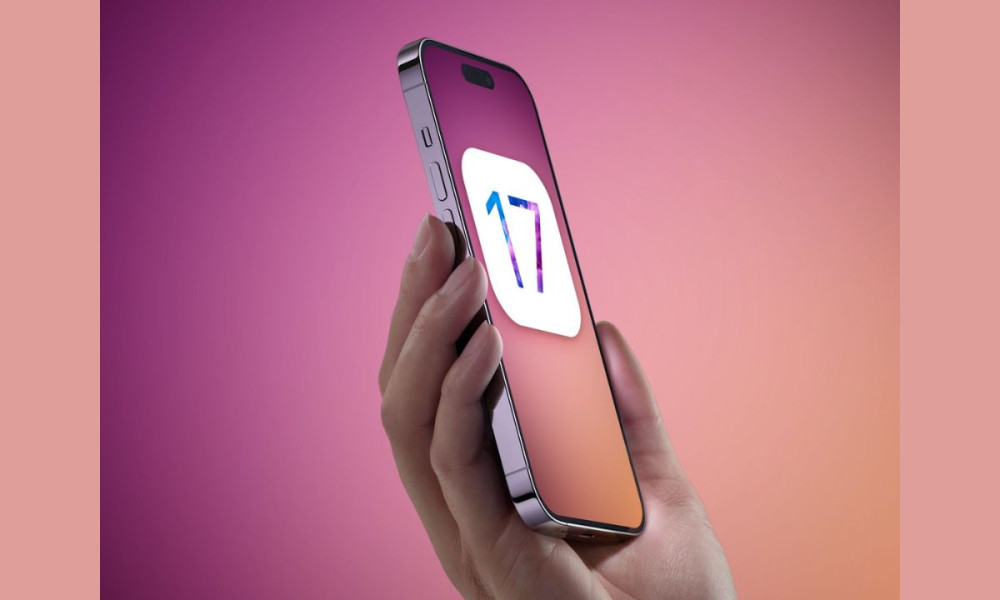Indian families are taking more loans than ever, especially during festivals and shopping seasons. This trend highlights a shift toward credit-driven consumption. Many households are financing their desires with borrowed money. The ease of accessing credit has made this possible.
Money influencer Neha Nagar revealed startling statistics about this debt crisis. She stated that 70% of iPhones in India are purchased through loans. Additionally, 80% of cars are financed via EMIs. These numbers underscore a growing reliance on credit for luxury items.
Easy credit availability and rising aspirations are driving this behavior. People are spending beyond their means to acquire high-end products. This pattern raises concerns about financial health. Many are prioritizing immediate gratification over long-term stability.
Experts clarify that borrowing is not inherently bad. It depends entirely on how the loans are utilized. Finance author Robert Kiyosaki, known for Rich Dad Poor Dad, offers valuable insight. He explains that the wealthy use loans as leverage to build assets.
In contrast, the poor and middle class often use them to buy liabilities. Many middle-income Indians are stuck paying EMIs for gadgets and cars. These items lose value over time. They are not investing in assets that grow wealth.
A good loan creates value and increases future earnings. Education loans for skill-based programs are excellent examples. Home loans for appreciating properties also qualify. Business loans to grow revenue and upskilling loans fall into this category.
Such productive loans turn borrowed money into future gains. They help build financial security and growth. Borrowing for luxury items adds no real value. It can trap people in a cycle of debt.
Nagar warns that debt itself isn’t the enemy. Ignorance about financial management is the real issue. Understanding the difference between assets and liabilities is crucial. This knowledge can prevent financial distress.
The Reserve Bank of India has expressed concerns about household debt. Its Financial Stability Report from December 2024 highlights worrying trends. Household debt-to-GDP rose significantly from 26% in June 2015 to 41.9% in December 2024. This increase signals growing financial pressure.
More than half of this debt, 54.9%, is non-housing retail loans. These include credit cards, personal loans, and consumer durables. Housing loans have dropped to 29% from 36-37% in FY19. This shift indicates changing borrowing priorities.
Personal and consumption loans grew at a compound annual rate of 20.4%. This growth occurred between March 2021 and March 2025. While non-performing assets remain low at 1.4%, savings hit a 47-year low. Savings fell to just 5.3% of GDP in FY23.
RBI raised risk weights on unsecured loans to 125% in November 2023. This move aimed to address rising loan-to-value ratios and sub-prime lending risks. Despite these measures, per capita household debt increased substantially. It rose from ₹3.9 lakh in March 2023 to ₹4.8 lakh by March 2025.
The iPhone-on-EMI trend symbolizes a larger issue. Many Indians are financing wants faster than building wealth. This approach could lead to serious financial challenges. Experts urge a shift toward value-creating loans.
Without this change, India’s credit-driven consumption might escalate into a full-blown debt crisis. The current pattern is unsustainable. Financial literacy and prudent borrowing are essential for stability.

